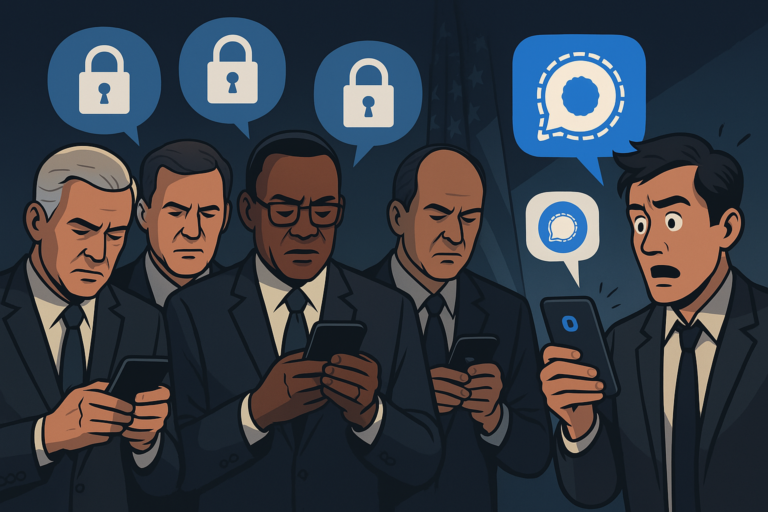Encrypted Messaging Crisis: 5 Critical Lessons from Signalgate
Encrypted messaging plays a vital role in safeguarding private communication. But when government officials use these tools without proper oversight, the consequences can be serious. Signalgate—an accidental disclosure of classified military plans—revealed how encrypted messaging can contribute to national security failures…




